Spain.
Philip III,
100 Escudos 1609,
Segovia.
Unique.
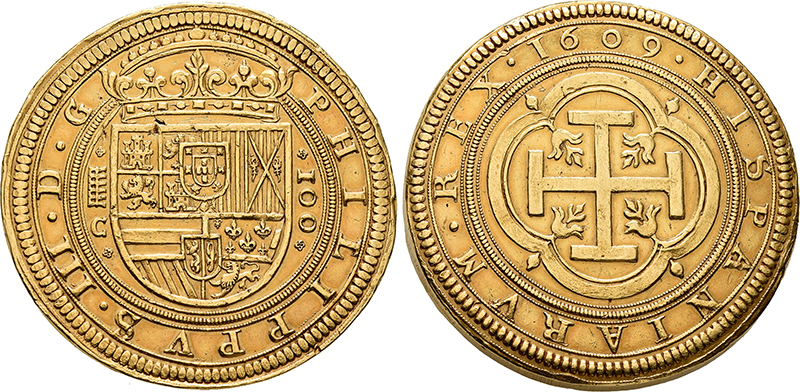

Roman Republic.
Cleopatra VII and Mark Antony,
Tetradrachm 36 BC,
Antioch on the Orontes.
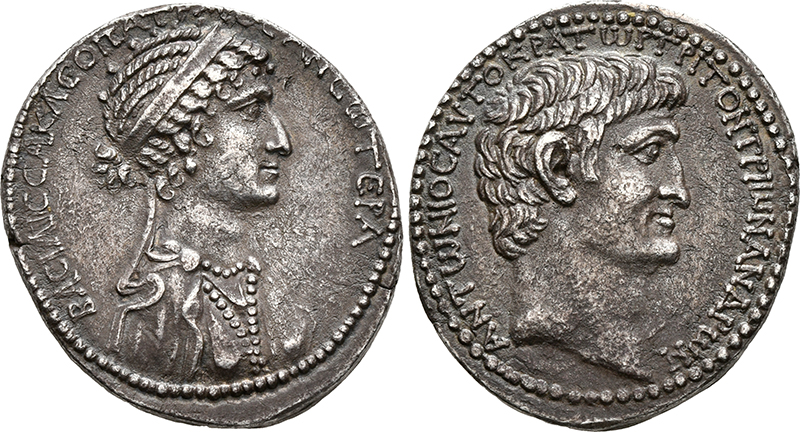
Great Britain.
Henry VII,
Gold Sovereign,
type I, Cross Fitchee, n. d. (1492),
Tower mint.
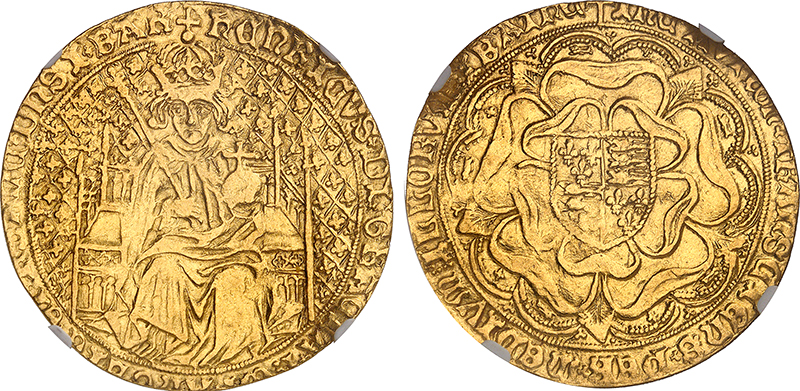
Archive: People and Markets
New Euro Banknotes – It Will Be One of These Two Themes
It is intended that euro banknotes are redesigned every 10 to 15 years. This is a long process that already has been going on for a while. The search is currently on for a theme for the future designs. Two finalists have now been chosen.
The Silver Coinage of the Gupta Empire and Associated States in Western India: Analysis, Classification and Illustrated Catalogue
Authors Ian J. Todd and A.M. Fishman have published a new book on the silver coinage of the Gupta Empire and associated states in western India. Read their announcement here.
Archive: Coins, Medals and more
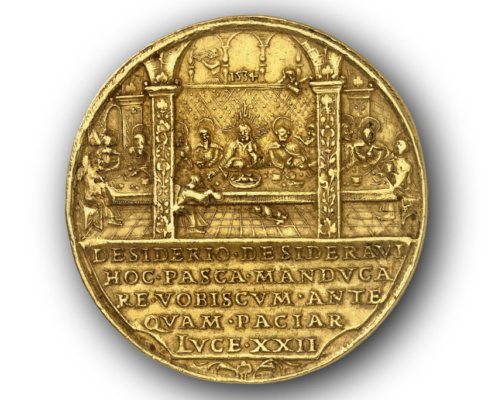
Joachimsthal and the Reformation
On 29 January 2025, Künker will auction a series of valuable Renaissance medals. They feature biblical topics and were minted in the region of Joachimsthal to spread the teachings of the Reformation. Johannes Mathesius, the author of Luther’s Table Talk, may have been at the origin of some of the motifs.
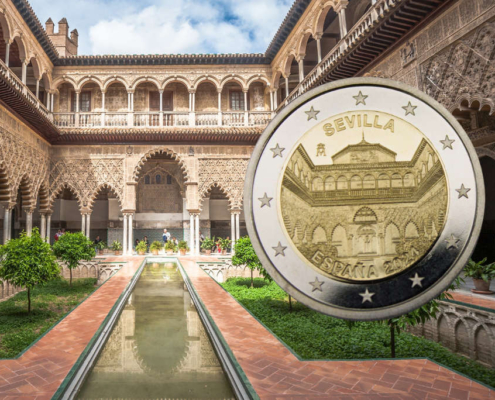
The Secret of the Success of State Quarters, UNESCO Coins and Federal State Series
25 years ago, the United States of America started a new chapter in numismatic history. Their State Quarters became the model for many other successful coin programs – including Spain’s UNESCO World Heritage Site series.







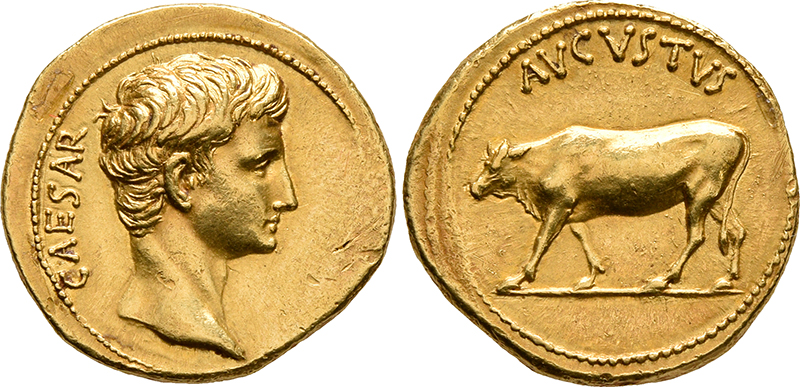
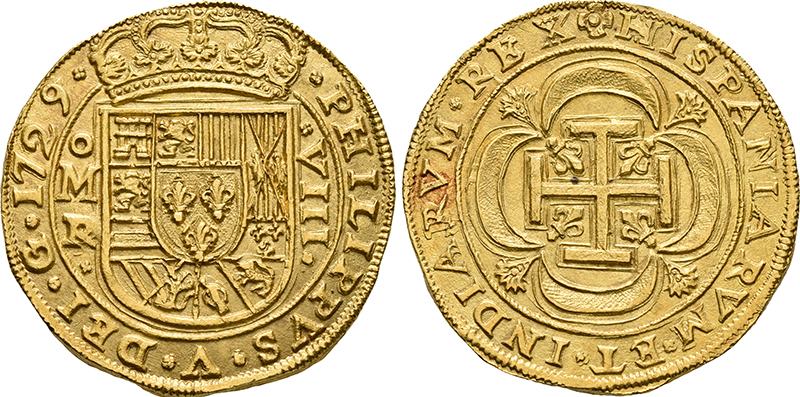
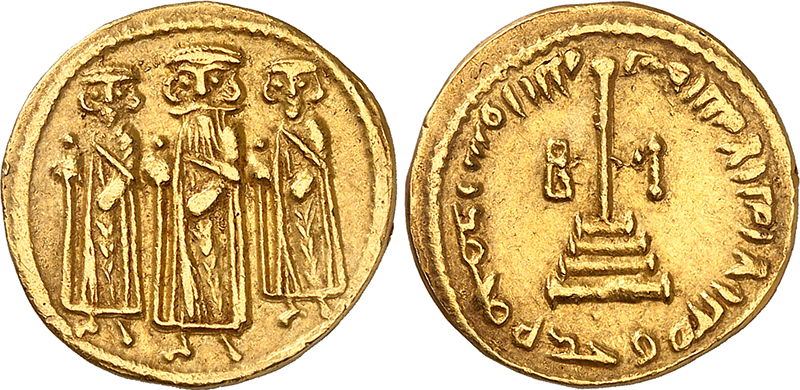
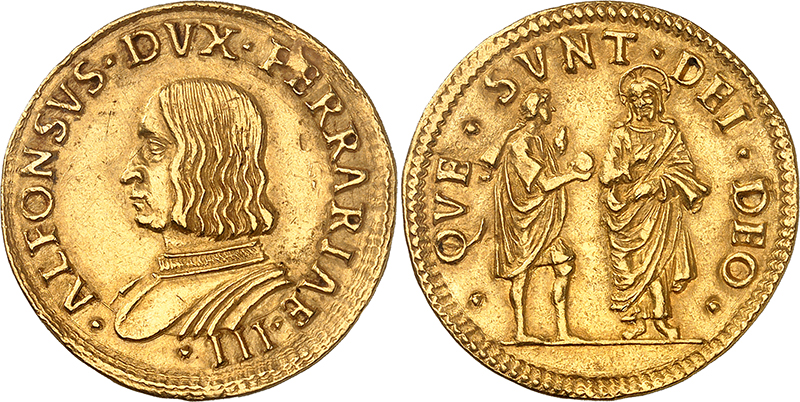
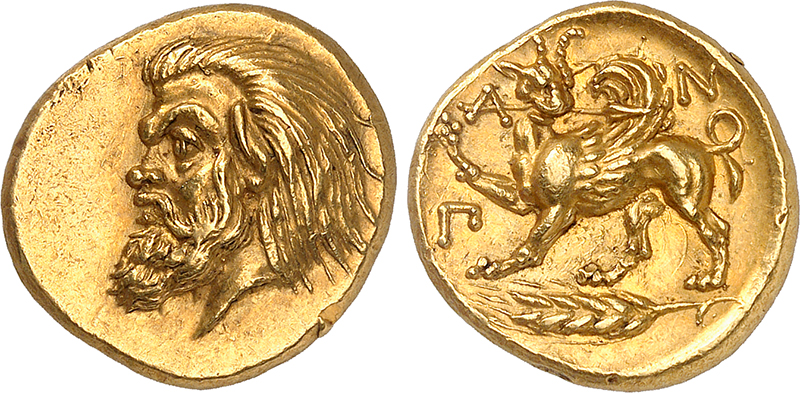
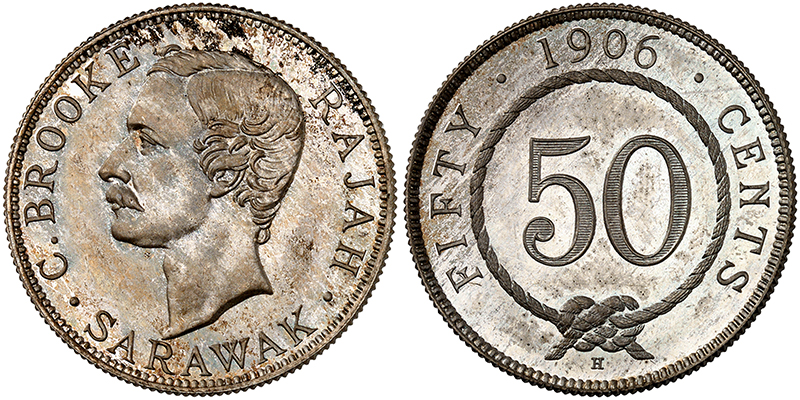
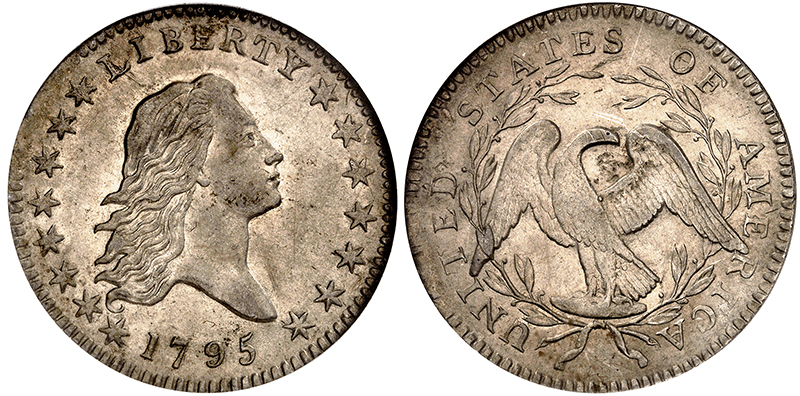
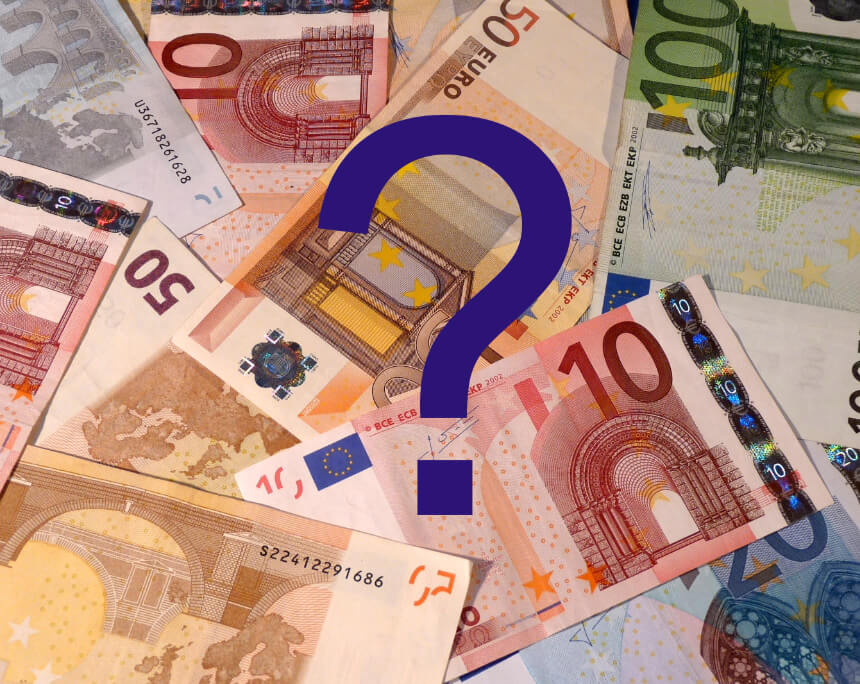
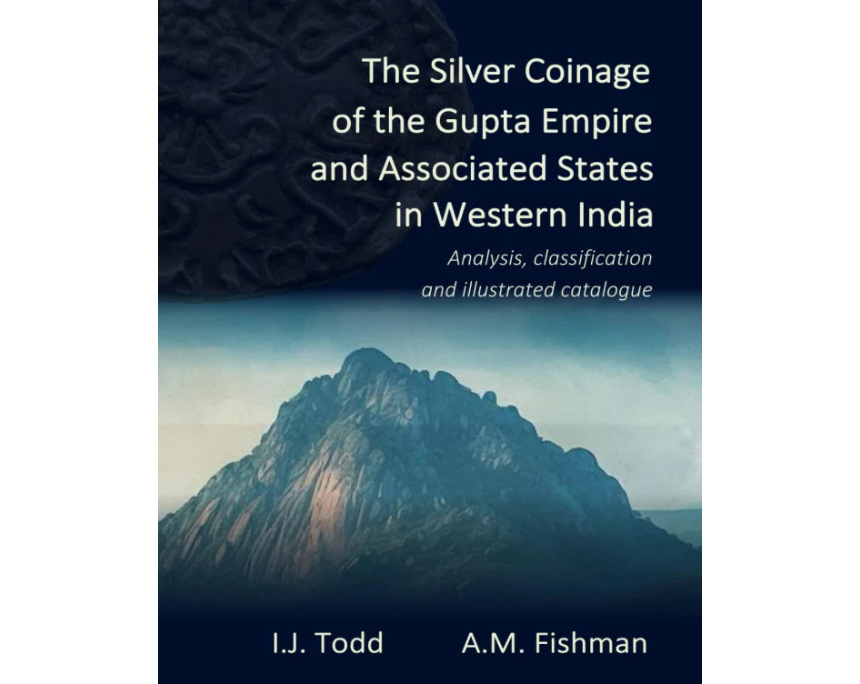

The Rhone Glacier Concludes the Swiss Glaciers Trilogy
With its new “Rhone glacier” coin, Swissmint pays tribute to the approximately 10-kilometer-long ice field that has been a popular tourist attraction in Switzerland since the 19th century. This coin marks the end of the “Swiss Glaciers” series.
CoinsWeekly Special Issue for the TICC Tokyo 2024
After overwhelming interest last year, we have once again published a printed CoinsWeekly Special Issue for TICC 2024, which takes place in Tokyo from April 26 to 28. If you can’t make it to Tokyo, you can download the PDF here.